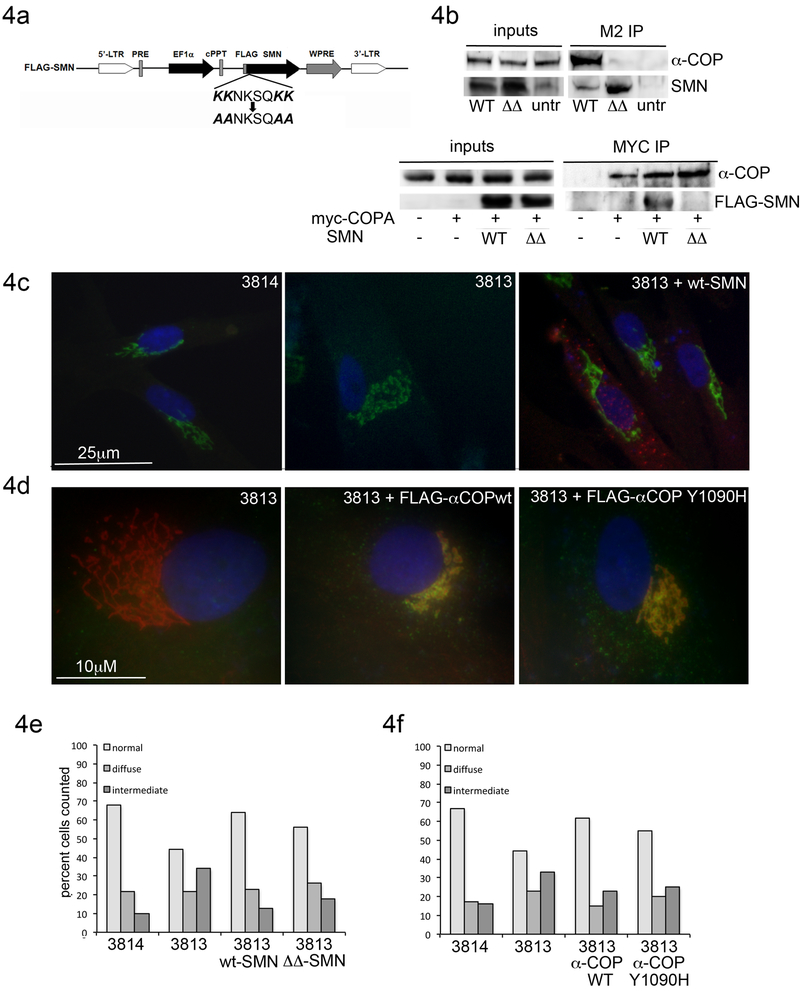Figure 4: Binding between SMN and alpha-COP is not required to restore Golgi morphology.
4a) Schematic of EF1a-FLAG-hSMN lentivirus. The dilysines at position 76, 77, 82 and 83 were mutated to alanines (SMN-ΔΔ) in human SMN under control of the EF1a promoter. 4b) Cells were infected with control or ΔΔ-SMN followed by immunoprecipitation with FLAG beads. Western blot analysis of inputs shows expression of SMN constructs and endogenous alpha-COP. Immunoblotting of the FLAG-IP demonstrates that ΔΔ-SMN fails to co-immunoprecipitate endogenous alpha-COP. The reverse is seen in cells transfected with myc-alpha-COP and FLAG-SMN. Following immunoprecipitation with myc antibody, only wildtype SMN binds to myc-alpha-COP. 4c) Infection with FLAG-hSMN (red) restores normal GM130 staining (green) in SMA fibroblasts. 4d) Infection with FLAG-alpha-COP (Flag M2 immunofluorescence, green) restored GM130 staining to normal (red) compared to un-infected 3813 cells. cells. 4e) Quantification of GM130 morphology shows statistically significant rescue with both wildtype (p<0.01 by Chi2) and ΔΔ-SMN (p<0.01 by Chi2) in SMA fibroblasts (compared to 3813 alone). Similarly, both wildtype and Y1090H alpha-COP expression rescued GM130 morphology, although only wildtype COPA infection reached significance (3813 vs. 3813+COPAwt p<0.01 by Chi2 3813 vs. 3813+COPA Y1090H p=0.061)

